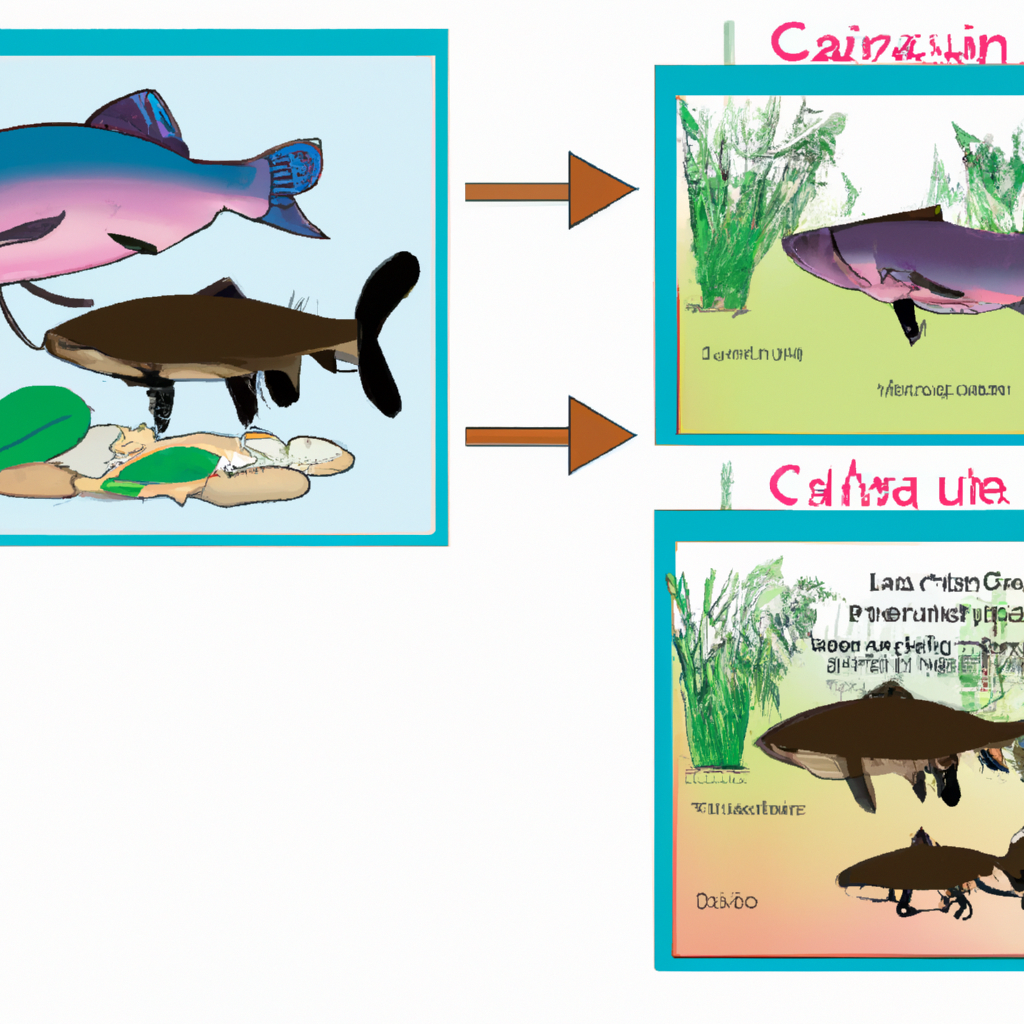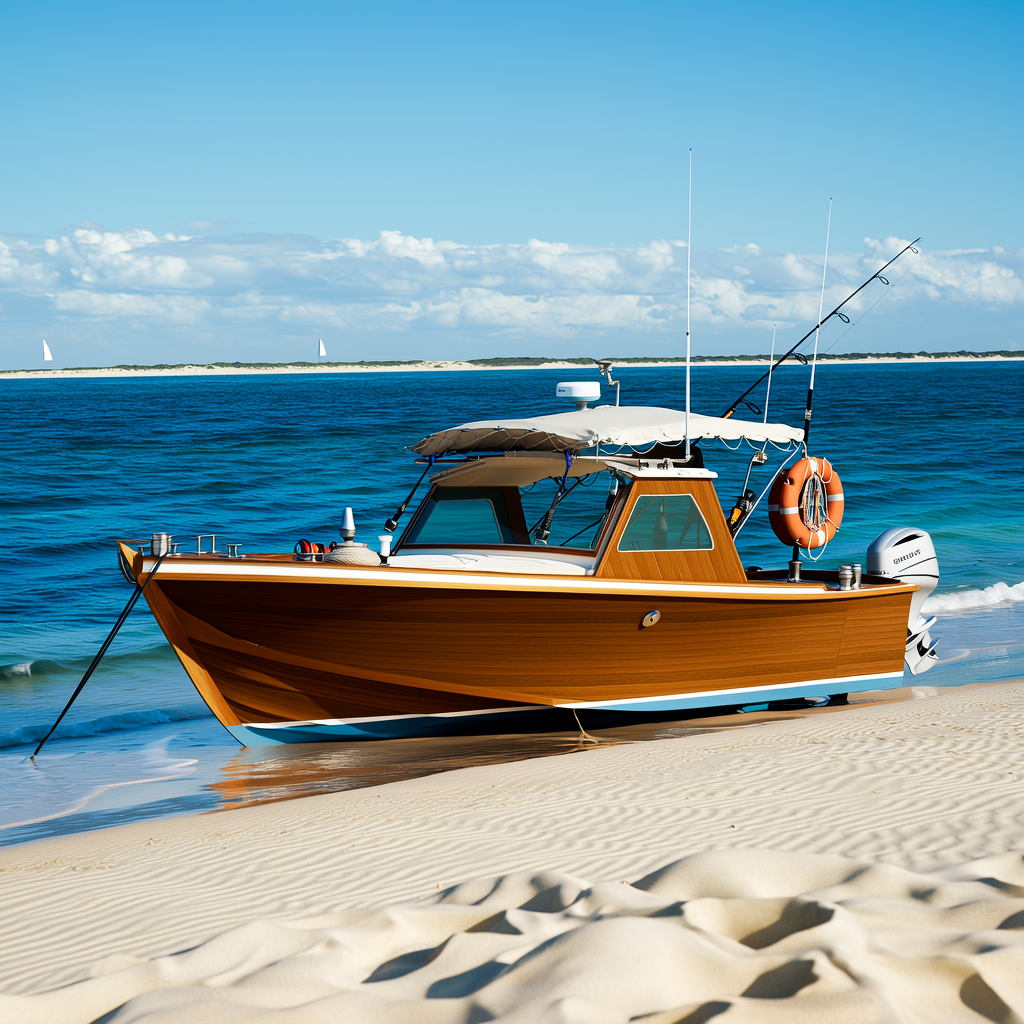Many anglers consider catching a large catfish to be the ultimate achievement. These huge fish can grow to over 6 feet in length and weigh more than 100 pounds. They are some of the most impressive freshwater fish in the world. This article will explore the world of big catfish, from their biology and habitat to the best methods to catch them.
Biology of Big Catfish
Big catfish aren’t a single species. They are a group of closely related fish. The “big catfish” are generally three types of catfish: the blue catfish and the flathead catfish. Although each species is unique, there are some common traits that all big catfish share.
Size and weight
As we said, large catfish can grow to huge sizes. A world record 143-pound catfish was caught. Although most catfish aren’t quite as large, it is not uncommon to catch specimens weighing more than 50 or 60 lbs.
Fishing Habits
Big catfish are nocturnal feeders. This means that they are most active at night. Many anglers prefer to fish at night for catfish, using bait specially designed to attract them in low-light conditions. It is possible to catch catfish in the day, especially if there is plenty of shade or cover.
The Habitat of Big Catfish
It is important to know where big catfish live and how they behave in order to catch them. There are many freshwater habitats for big catfish, including rivers, lakes and reservoirs. There are some key characteristics that all habitats for big catfish share in common.
Deep Water
Large catfish can be found in deep water where they can hide from predators while hunting for prey. Anglers often target catfish in deep holes and drop-offs.
Cover
Large catfish prefer to be near cover such as brush piles and submerged logs. These structures provide shelter for small fish and are a breeding ground for them. This attracts catfish that are looking for easy meals.
Current
Large catfish can be found in areas where there is strong current. The current provides oxygen and food to the fish, making them more able to hunt and breathe. Strong current areas are more likely to contain deep holes and other structures catfish love to live in.
The Best Baits & Techniques to Catch Big Catfish
Let’s now talk about the best baits and techniques to catch big catfish. There is no one “best” way of catching big catfish. However, there are some tried-and-true methods that many anglers swear to.
Cut Bait
Cut bait is a popular bait for catfish. Cut bait is simply a piece or pieces of fish that have been cut into strips or chunks to be used as bait. Cut bait is attractive to catfish, who will often bite hard at the hook if they smell it.
Live Bait
Another effective method to catch big catfish is live bait. You can use anything from minnows to shad to worms to crawdads. It is important to use bait that is similar to the catfish’s habitat and to present it in a manner that mimics how it would move in water.
Jug Fishing
Jug fishing is a unique method that involves placing multiple jugs (floats) with a baited-line attached. The jugs are then allowed to drift with current. Anglers keep an eye out for a bob or erratic movement of the jugs, which can indicate that a catfish has taken bait.
Conclusion
Many anglers love the challenge of catching large catfish. Although these huge fish can be difficult to catch, anyone can catch one with the right knowledge. We hope you found this guide helpful and that it has given you the information you need in order to catch your own big catfish.




